Gettysburg Staff Ride: Briefing Book [Illustrated Edition]
Nonfiction, History, Modern, 19th Century, Americas, United States, Civil War Period (1850-1877), Military| Author: | Ted Ballard, Billy Arthur | ISBN: | 9781782898580 |
| Publisher: | Golden Springs Publishing | Publication: | August 15, 2014 |
| Imprint: | Golden Springs Publishing | Language: | English |
| Author: | Ted Ballard, Billy Arthur |
| ISBN: | 9781782898580 |
| Publisher: | Golden Springs Publishing |
| Publication: | August 15, 2014 |
| Imprint: | Golden Springs Publishing |
| Language: | English |
Contains more than 20 maps, diagrams and illustrations
If neither General Meade nor General Lee planned to fight at Gettysburg, how did it happen that the first three days of July 1863 were to become arguably the most important span in the Civil War? That question cannot be fully answered without viewing McPherson's Ridge or Oak Hill, nor can one really understand the urgency of Chamberlain's bayonet charge nor the audacity of Pickett's division at the Angle without visiting those places.
Accordingly, the purpose of a Gettysburg staff ride is to visit these and other locations on the battlefield and analyze the battle through the eyes of the men who were there, both leaders and rank and file soldiers. Hopefully, by understanding the actions, inactions and reactions of commanders and their troops in real situations we may gain insights into the human condition under stress and decision making during combat.
Contains more than 20 maps, diagrams and illustrations
If neither General Meade nor General Lee planned to fight at Gettysburg, how did it happen that the first three days of July 1863 were to become arguably the most important span in the Civil War? That question cannot be fully answered without viewing McPherson's Ridge or Oak Hill, nor can one really understand the urgency of Chamberlain's bayonet charge nor the audacity of Pickett's division at the Angle without visiting those places.
Accordingly, the purpose of a Gettysburg staff ride is to visit these and other locations on the battlefield and analyze the battle through the eyes of the men who were there, both leaders and rank and file soldiers. Hopefully, by understanding the actions, inactions and reactions of commanders and their troops in real situations we may gain insights into the human condition under stress and decision making during combat.
![Cover of the book Gettysburg Staff Ride: Briefing Book [Illustrated Edition] by Ted Ballard, Billy Arthur, Golden Springs Publishing](https://www.kuoky.com/images/2014/august/500x500/9781782898580-CyUe_500x.jpg)
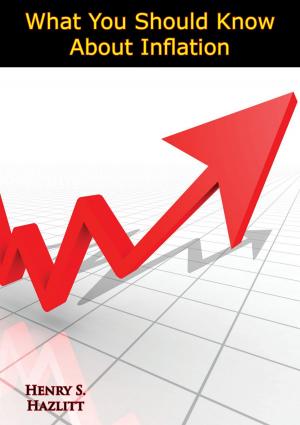
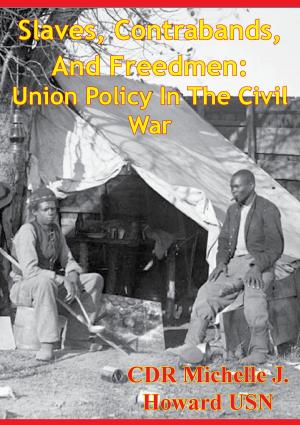
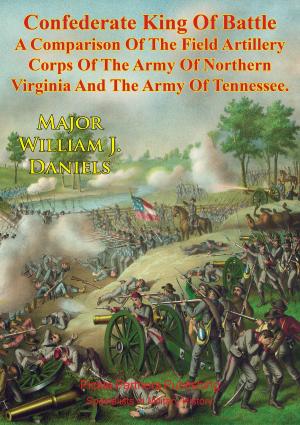

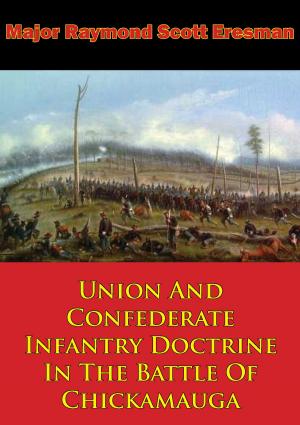
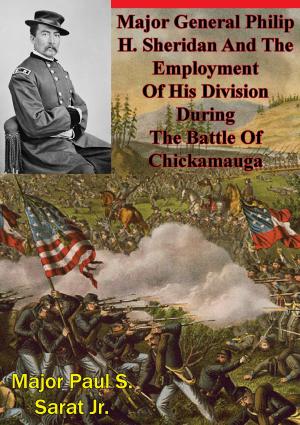
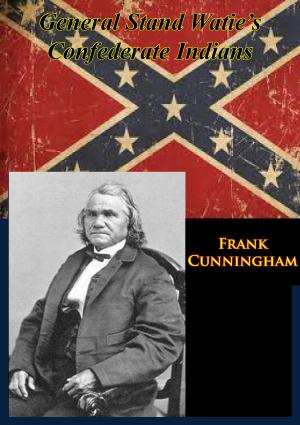

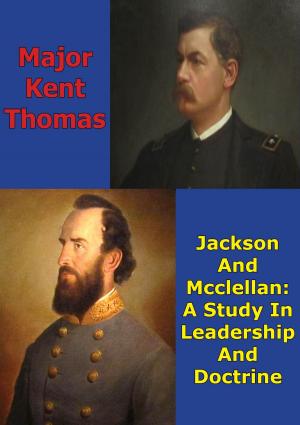

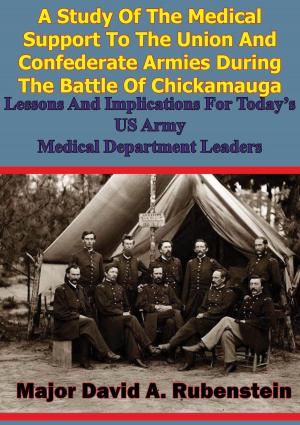

![Cover of the book Second Manassas: An Operational Dynamics Perspective. [Illustrated Edition] by Ted Ballard, Billy Arthur](https://www.kuoky.com/images/2014/august/300x300/9781782894209-xHCg_300x.jpg)
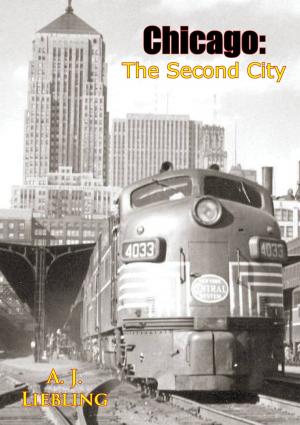
![Cover of the book My First Days in The White House [Illustrated Edition] by Ted Ballard, Billy Arthur](https://www.kuoky.com/images/2016/august/300x300/9781787200364-TbCQ_300x.jpg)